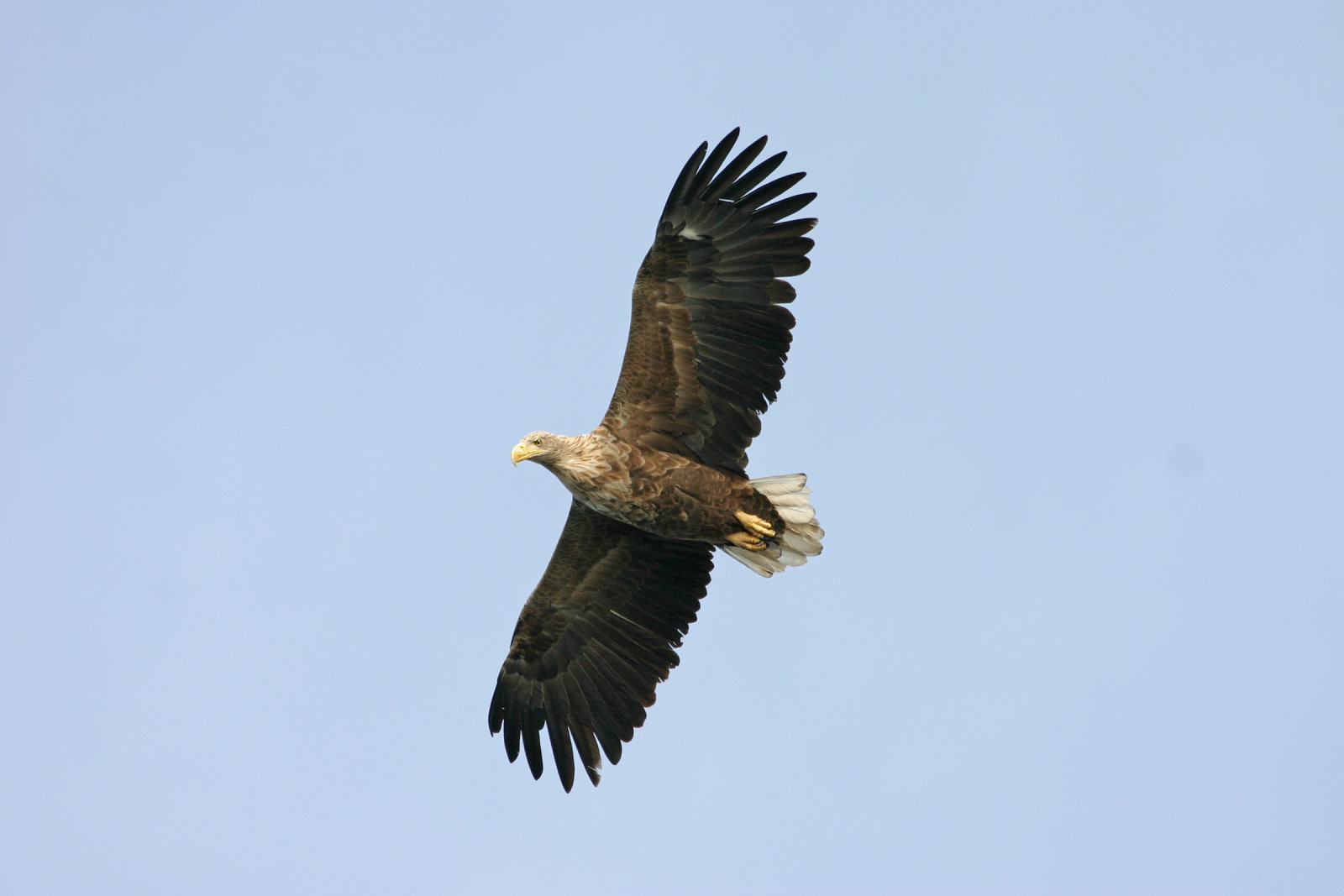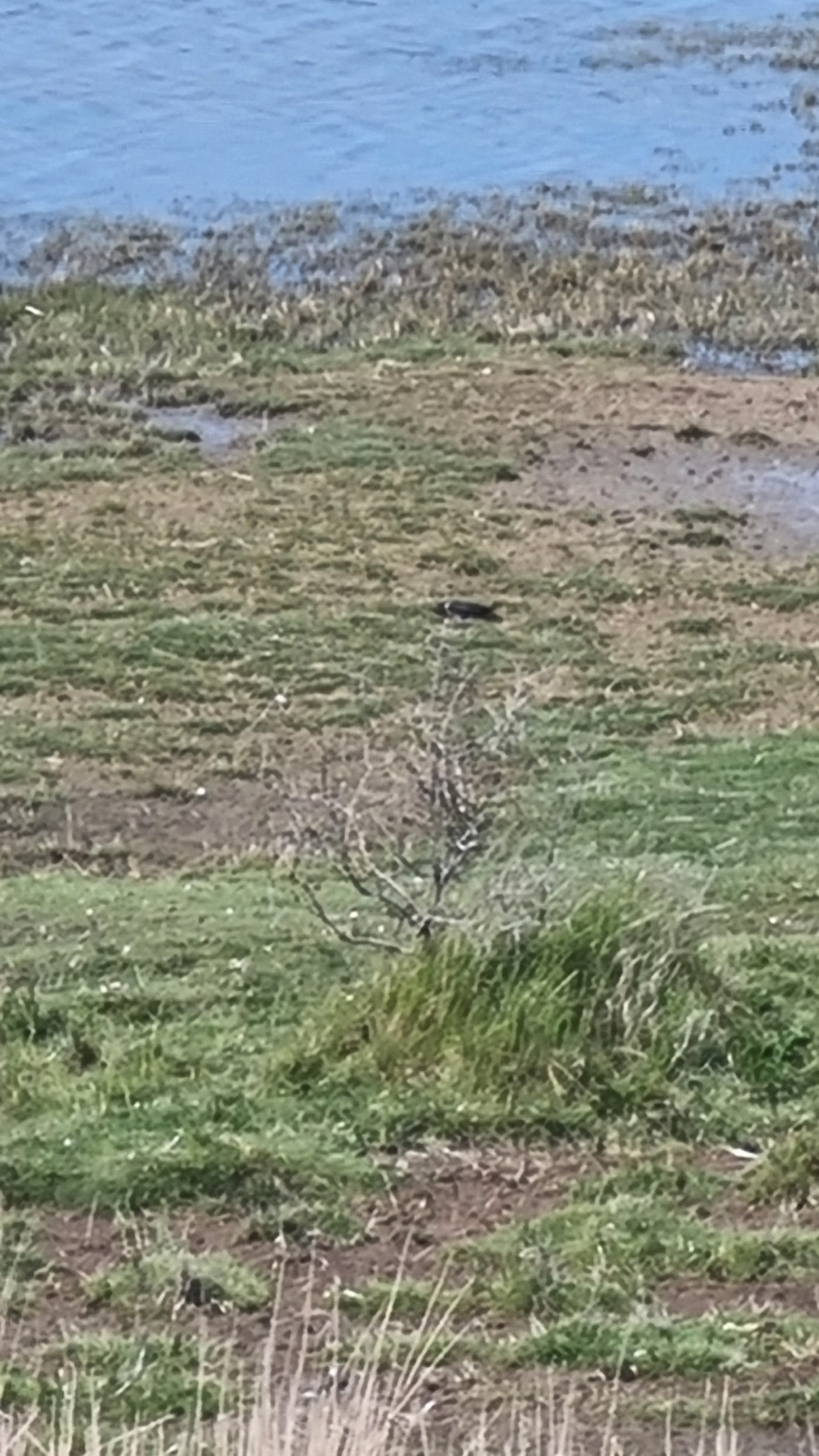Opis
Kalvebod Fælled is a very new part of Denmark. It emerged from the sea in 1943, when the 20-km2 area was reclaimed as an employment project, but nature - especially bird life - quickly took over. The area is mostly wetland and areas with birchtrees, small ponds and brackish water area. It is a paradise for ornithologists, because of the location of one of the important migratory routes between northern Scandinavia and southern Europe, rare birds also visit this area. You can see błotniak stawowy, kulik wielki, rożeniec, biegus zmienny, rybitwa popielata and uszatka błotna, as well as nurogęś and bielaczek. It is also possible to see or hear słowik rdzawy, bąk, bielik, błotniak zbożowy and many breeding wading birds, gulls and terns. A small area in the southwestern part is a closed-off bird sanctuary with no admission, but with good bird towers and bird hides on the perimeter.
Szczegóły
Dostęp
At the end of Nøragersmindevej there is a parking place, from there you go through the gate straigth ahead for 500 m then turn right follow the trail and keep left until the trail ends in a T cross go right and first time left and left when you see the lake on your left. Follow "naturstyrelsens homepage" for detail. 2,5 km.
There are three marked hiking routes of 3.5 km, 6 km and 8.8 km.
Four bird hides are placed around the Klydesø lake reserve and two more can be found by Store Høj Sø lake, which is surrounded by reed bed. South of the Hejresøen lake is a bird tower from which there is a view of Kongelunden and Køge Bugt.
Teren i siedlisko
Las , Tereny podmokłe , Rzadkie drzewa i krzewy , ŁąkaWarunki
PłaskiTrasa dookoła
NieCzy luneta będzie przydatna ?
Może być przydatnaUdany sezon obserwacyjny
Przez cały rokNajlepszy czas na wizytę
WiosnaTrasa
Wąski szlakPoziom trudności szlaku pieszego
ŁatwyDostępne
Pieszo , Rower , Wózek inwalidzkiCzatownia/platforma obserwacyjna
TakDodatkowe informacje
https://eng.naturstyrelsen.dk/experience-nature/in-the-countryside/kalvebod-faelled/






